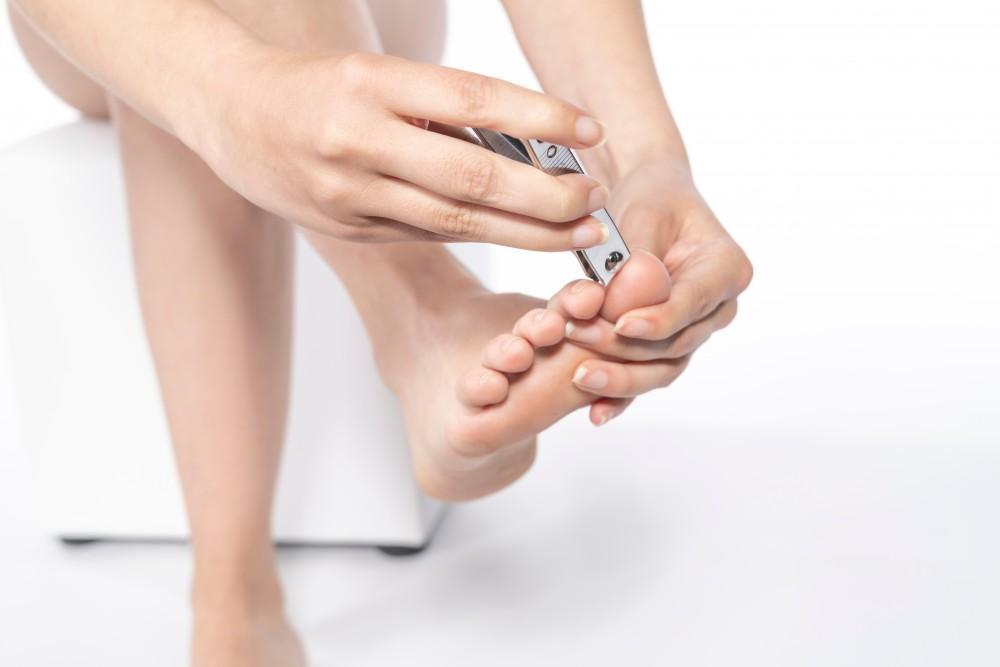
How Does Diabetes Affect Your Feet?

Diabetes can cause a wide range of serious complications related to your feet. The impact is so dramatic that the American College of Foot and Ankle Surgeons (ACFAS) recommends daily foot inspection to identify problems before they cause serious consequences. It’s sound advice that can prevent catastrophic results. With diabetes, an untreated foot sore or blister can lead to a wound or infection that results in the amputation of your toe, foot, or leg.
You can improve your chances of lifelong foot health by understanding the warning signs of potential complications. The podiatrists at Family Foot and Ankle Center of South Jersey are diabetic foot care specialists. We can help you prevent serious foot problems through education, routine diabetic foot care, and expert treatment of issues before they worsen. Our experienced staff helps diabetic patients achieve and maintain foot health as part of their disease management.
Find out the types of foot conditions that can occur from diabetes. Knowing what to look for can help you recognize issues as soon as possible and decrease the potential for permanent damage:
Diabetic neuropathy
Diabetic neuropathy (nerve damage from diabetes) affects about 50% of all people with diabetes, according to the American Diabetes Association (ADA). The condition can cause a loss of feeling in your foot so that you can experience an injury and not know that it occurred. The danger multiplies if you develop a blister or cut, which can put you at risk for infection. Without feeling in the affected foot, you may not know that you have an unhealing wound until it worsens.
In addition to a loss of feeling, symptoms of diabetic neuropathy can include pain, tingling, or weakness in your foot. Over time, you may also experience a change in the shape of your foot or toes, called Charcot foot, affecting your ability to stand and walk. Charcot foot results when small fractures in your foot occur repeatedly without detection or repair, resulting in a deformed foot.
Diabetic foot ulcer
About 15% of people with diabetes experience a diabetic foot ulcer, an open wound that usually develops on the sole of your foot. The American Podiatric Medical Association (APMA) reports that about 6% of people who develop diabetic foot ulcers are hospitalized for an infection or other complications related to the ulcer. Between 14-24% of people with foot ulcers undergo an amputation.
If you have diabetic neuropathy, you may not immediately recognize that you have a foot ulcer. You may not realize there’s a wound under your foot until you see a liquid stain on your socks. Immediate medical attention can help reduce the risk of infection and the need for subsequent amputation.
Poor circulation
Diabetes can cause poor circulation and peripheral artery disease (PAD), a condition in which plaque causes arteries to narrow and clog. These conditions occur because consistently high levels of blood glucose can damage blood vessels and allow plaque to accumulate. Signs of poor circulation include discolored toes, unexplained hair loss on feet and legs, excessively cold feet, and feet that often fall asleep.
With poor circulation, damaged blood vessels are unable to sustain healthy blood flow, especially to the extremities. Poor circulation reduces your body’s ability to heal wounds on your feet and fight infection. These factors increase your risk of having a foot or leg amputation to combat untreatable ulcers and infections.
Skin damage
Diabetes can cause several types of conditions that affect the skin on your foot. As nerves become damaged, they lose their ability to produce oil and moisture. This can result in bumps, blisters, and bruises that can crack and become infected.
You’re also more likely to develop calluses if you have diabetes. If not trimmed, calluses can become very thick. When they break down, they can turn into ulcers and become infected.
Whether you’re experiencing foot problems associated with diabetes or want to start a preventive program to avoid complications, you can benefit from a consultation with a diabetic foot care specialist. Request an appointment with Family Foot and Ankle Center of South Jersey online or call our office to arrange an examination.
You Might Also Enjoy...


5 Ways to Keep Your Bunion Pain to a Minimum

Gout: What Is It and How Can I Get Rid of It?

Complications of an Untreated Ankle Sprain

Suspect You’ve Broken Toe? How To Tell and What to Do


